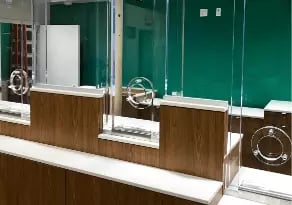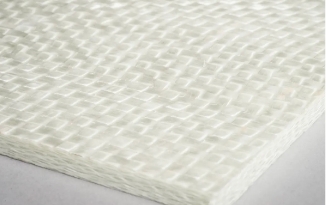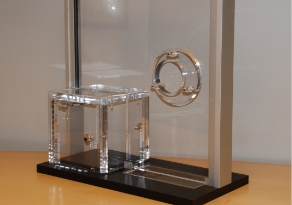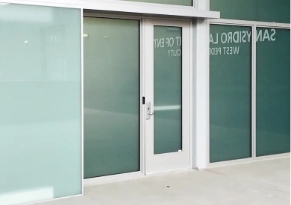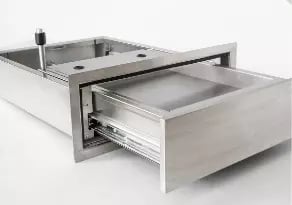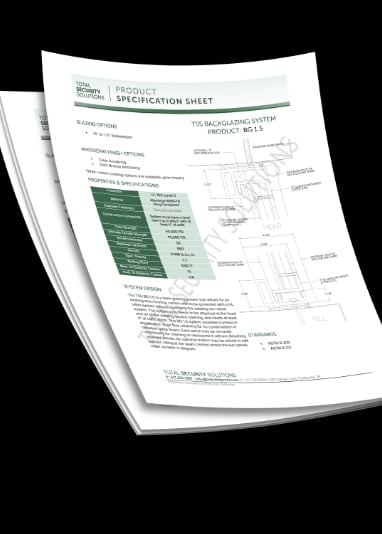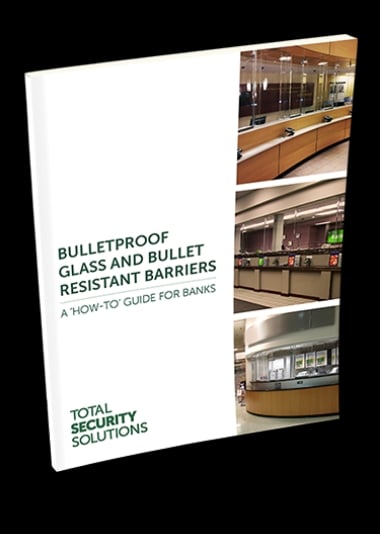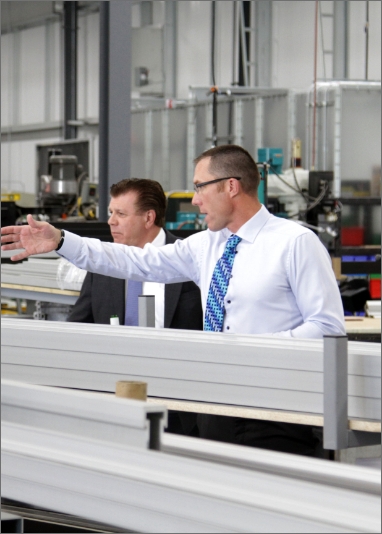Custom Commercial Bulletproof Barrier Systems
20 years of delivering Safety + Aesthetics™
Our Products
our capabilities
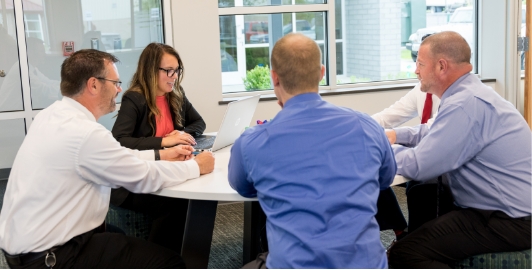
Project Consulting
TSS consultants complete in-depth assessments of security needs, goals, and objectives.
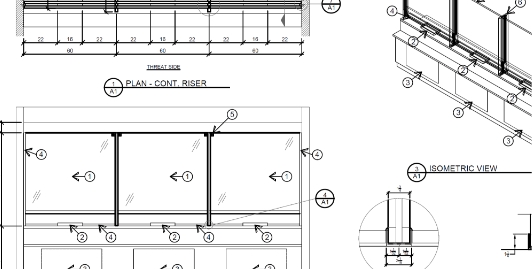
Design & Engineering
Project managers are your advocate throughout the process to keep you informed and avoid delays.
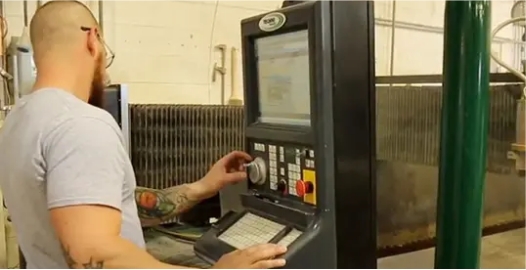
Fabrication & Assembly
With more than 70,000 square feet of space and cutting-edge equipment, TSS has the scale and experience to handle any challenge.
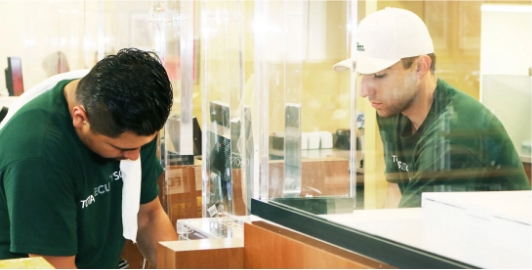
Delivery & Installation
Our experience in bulletproof installation is unmatched in our industry, with over 18 years of experience and 25,000 installations.
With decades of experience, an advanced team of security professionals, and countless customizable security solutions in our product line, we have a broad spectrum of capabilities for enhancing workplace safety. As the only national company to offer end-to-end bulletproof security services, we’ll work with you to create the right system for your business and building. By prioritizing Safety + Aesthetics™, we deliver modern security solutions that beautifully complement any space.

Projects
There is no "one size fits all" solution, especially when it comes to protecting your business investment, your company's future, and, most importantly, the lives and welfare of staff and customers. Thirty years and hundreds of bullet-resistant barrier installations have helped us develop security solutions that are flexible, and perfectly tailored to specific tasks and locations.
UL 752 Bullet-Resisting Equipment Standard for Safety
In the ballistic security sub-section of building construction materials, the Underwriters Laboratories UL 752 Bullet-Resisting Equipment Standard for Safety document is the gold standard for evaluating the ballistic safety of windows, doors, frames, walls, and entire systems.
If you would like to learn more about the UL 752 standard, as well as other competing standards, read our "UL 752, NIJ, & ASTM: Popular Bulletproofing Standards Explained" blog article.
If you already know what you want, our staff of ballistic experts are ready to help and can quickly provide pricing and lead times.
If you are considering incorporating ballistic safety into your project, but don't know whether Level 1, Level 3, or Level 8 protection is right for you, then contact us for free ballistic barrier consulting. We will be pleased to guide you through the maze of materials and levels to the best solution for your specific needs.
If you are not quite ready to talk to our ballistic experts yet, and would rather do some ballistic materials self-study first, then visit the Ballistic Education page on our website for how to guides, eBooks, infographics, and many more resources.
